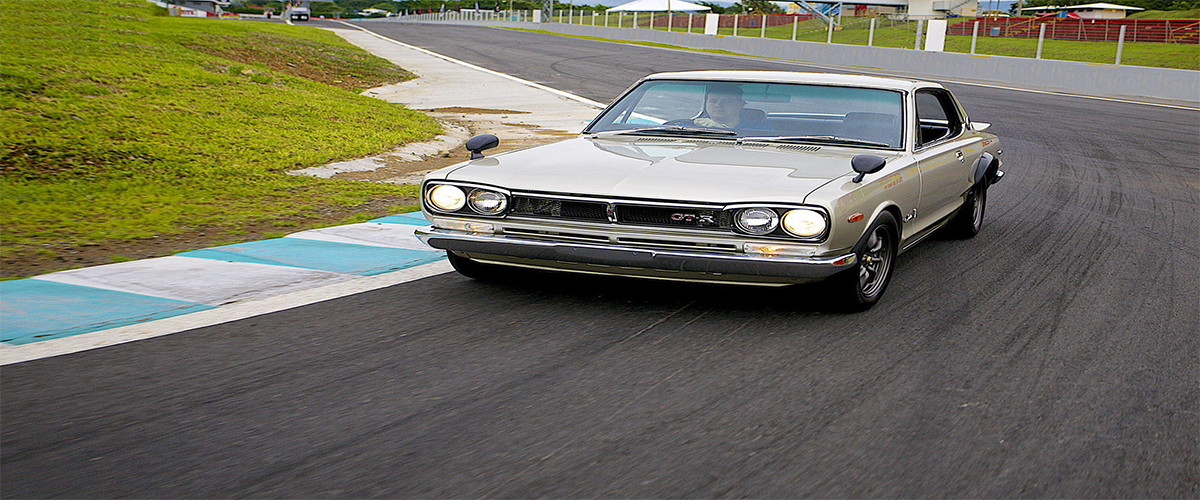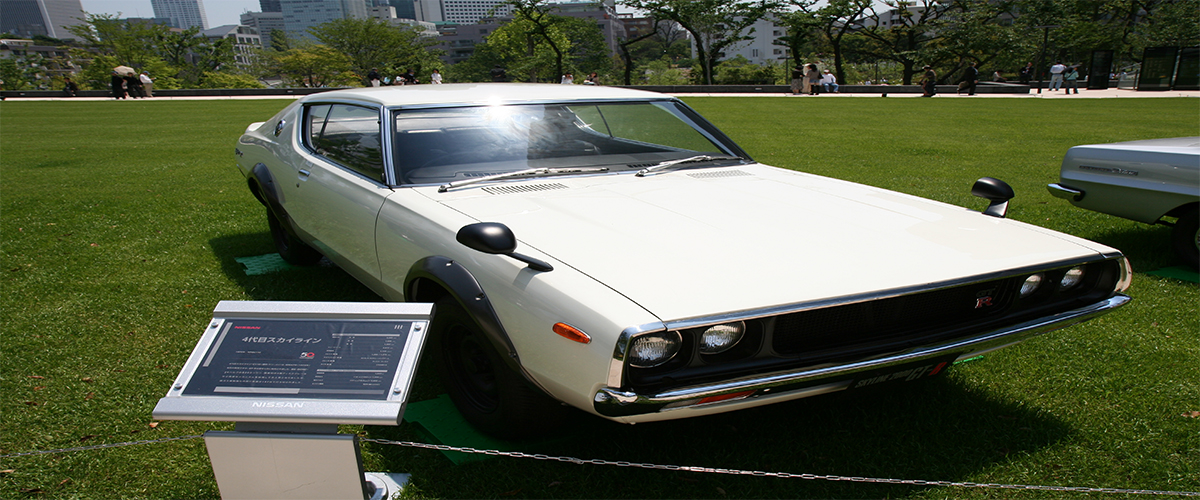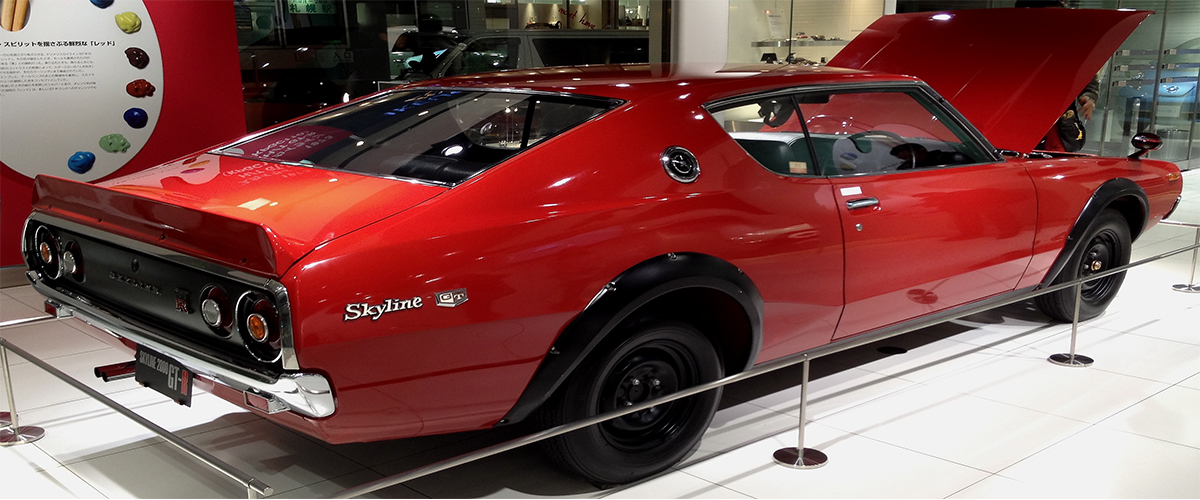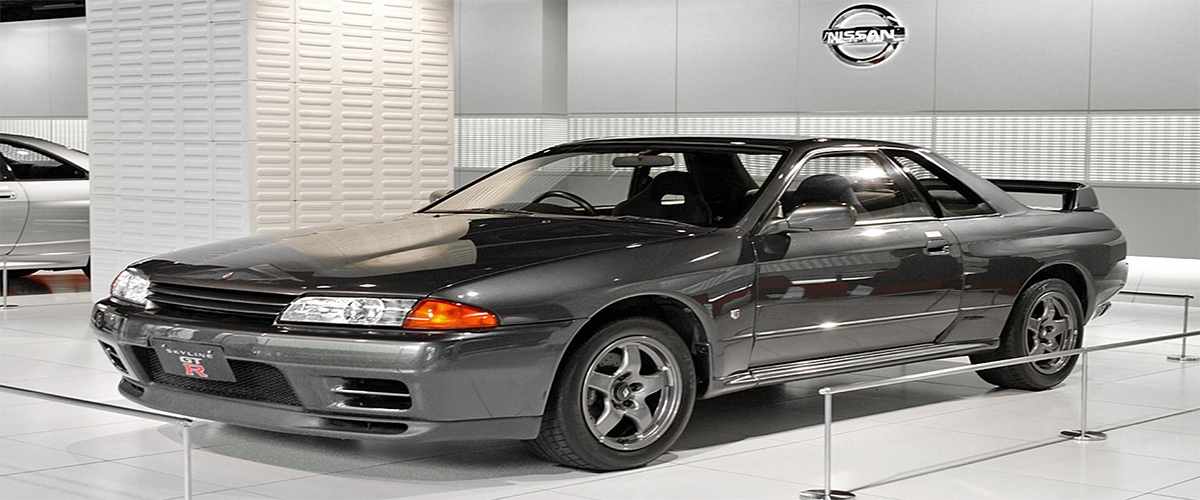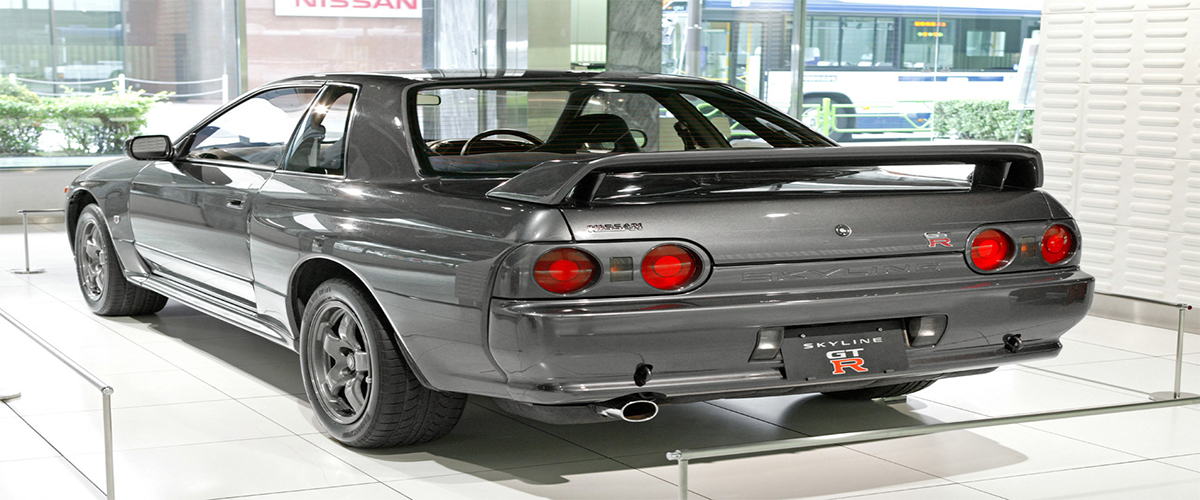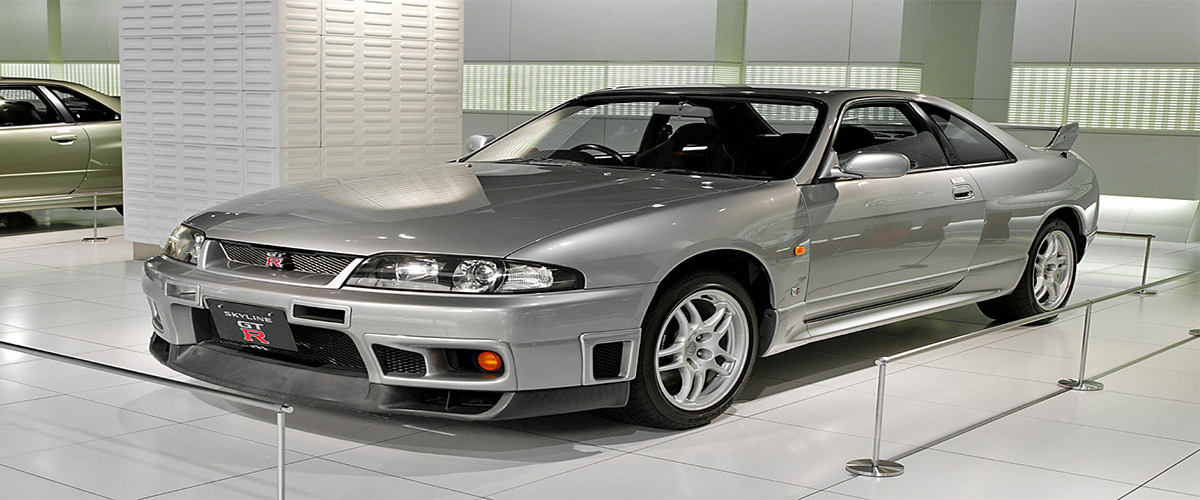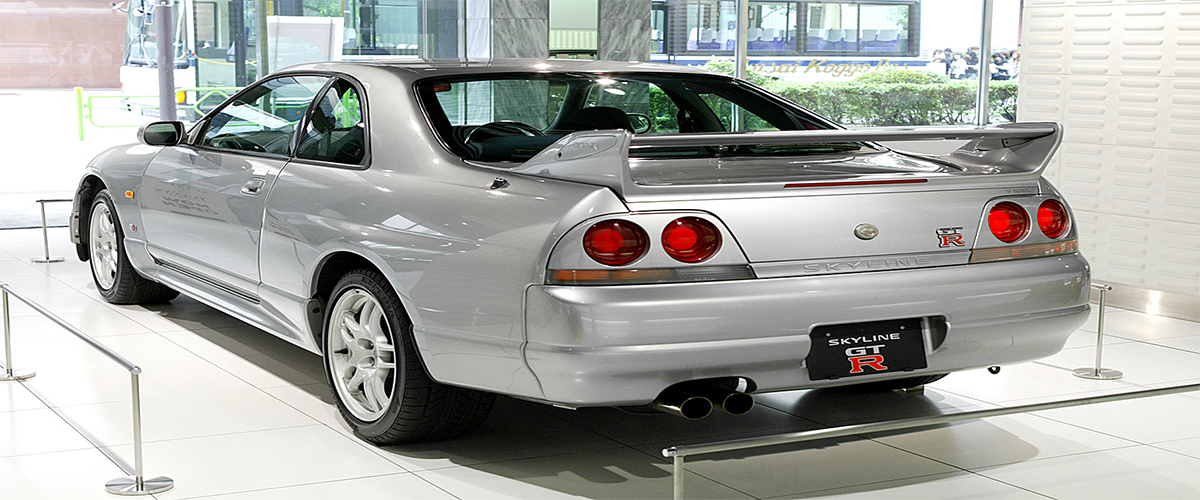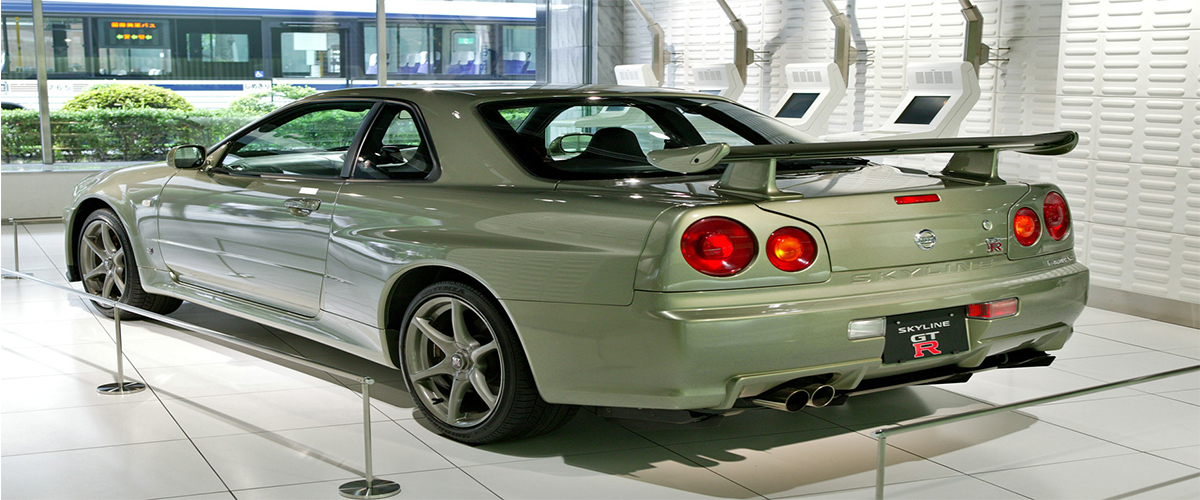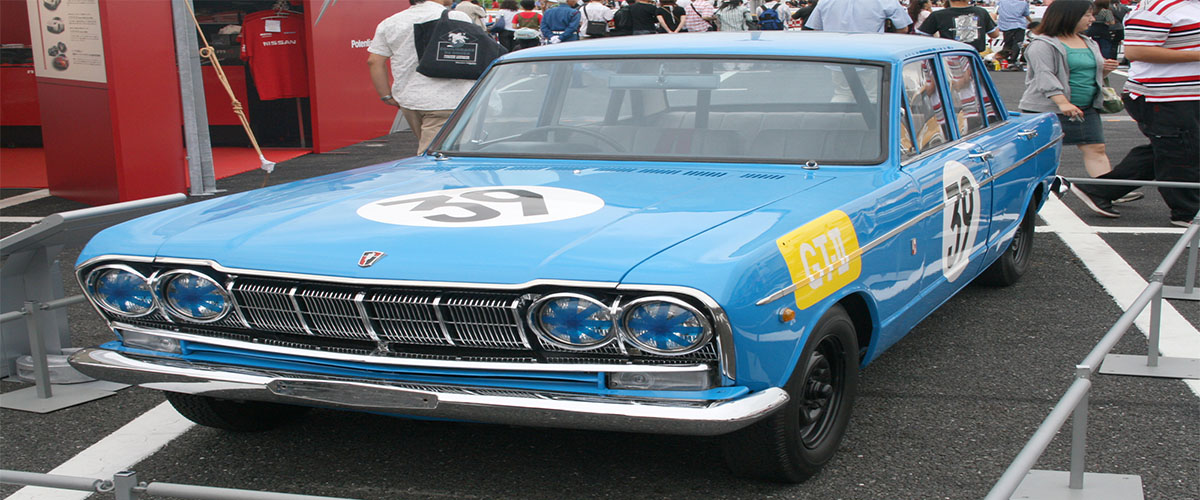
Where the Brand came From
The Skyline name originated from Prince automobile company, which developed and sold the Skyline line of sedans before merging with Nissan-Datsun. The earliest predecessor of the GT-R, the S54 2000 GT-B, came second in its first race in 1964 to the purpose-built Porsche 904 GTS. However, the earlier Prince Skyline Sport coupe/convertible foreshadowed the GT-R as the first sports-oriented model in the Skyline range, hence the name.
The next development of the GT-R, the four-door PGC10 2000 GT-R, scored 33 victories in the one and a half years it raced, and by the time it attempted its 50th consecutive win, its run was ended by a Mazda Savanna RX-3. The car took 1000 victories by the time it was discontinued in 1972.
GTR stands for Gran Turismo Racer

